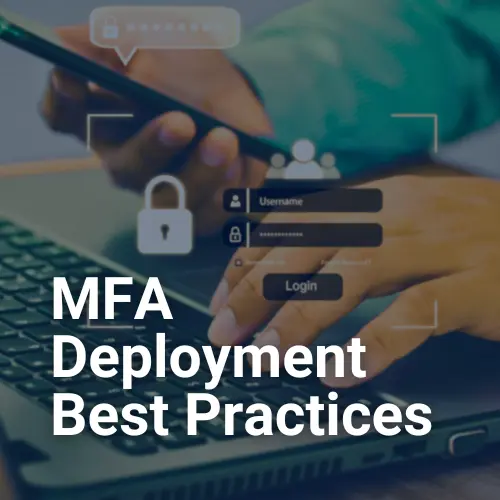Is it time for you to consider a new VoIP phone system solution? If you have answered yes to this question, there are three things you should be aware of and consider while going through the decision-making process.
- Type of trunk line
- Switch infrastructure
- Network scalability
Will you use a PRI or SIP trunk to connect to the PSTN?
The first step is determining how your new VoIP system will connect to the PSTN (Public Switched Telephone Network). This first step will allow you to build a solution around your connectivity method and your business requirements. It will also confirm the VoIP system you purchase will support the selected trunk lines.
Whether considering a PRI or a SIP trunk, you will want to determine the number of calls your business must conduct simultaneously. Something else to consider is that PRIs offer a guaranteed QoS since they are not sharing bandwidth with data traffic. However, some of the more advanced features of newer phone systems may not work with PRI trunks. PRI trunks come in blocks of 23. So, if your company requires 25 simultaneous calls, you must purchase two PRI trunks for 46 possible concurrent calls.
Typically, SIP trunks are only limited by the bandwidth of your data connections. But in some cases, the number of call paths can restrict them. Since SIP trunks use the same connection as your data, you will want to ensure you have the proper bandwidth for the environment.
Assuming the average phone call is 130k, and your business typically has 23 phone calls simultaneously, you will need a minimum of 2.99mbps to support just the phone traffic. Any data bandwidth requirements would need to be added on top of this requirement. SIP trunks do not offer guaranteed QoS, which is also something to consider. However, adding additional trunks is typically simpler than adding PRI trunks.
Do you have the appropriate switch infrastructure to support VoIP?
Having the right switches to support a VoIP system is equally important. The switches should have Power Over Ethernet (POE) switch ports. This makes it so they can power your phones without plugging in power bricks for each one. When choosing a POE switch, you will want to verify that the wattage of the POE ports is enough—for example, 370W vs. 740W. You also want to ensure the switch meets the POE standard IEEE 802.3at-2009. This standard provides up to 25.5W of power versus the conventional 12.95W of power.
This feature is key in providing future-proofing into your network as more devices such as phones, APs, security cameras, and laptops are now powered off the switches and require more power than previous devices. The switches should also be all gigabit ports at a minimum, with 10-gigabit uplinks preferred if the switch will be located in the data center core. Understandably, phones will not require gigabit speeds to operate and function properly. Still, most phones include a gigabit switch interface on the back, allowing users to connect their desktops to the phone for LAN connectivity. This reduces the cabling costs of VoIP solutions. However, if a vendor installs a 10/100 phone switch where users will connect both phones and desktops, too, this will be a bottleneck for these users.
Is your network infrastructure ready to support a VoIP solution?
As demands for information technology increase, we need to ensure our networks stay current. When deploying a VoIP solution, you add additional nodes and workload to the data environment. Networks that are not scalable will most likely need quite a few upgrades to support a new VoIP system. This includes the hardware in the environment and the cabling, and the infrastructure for the remote sites to connect back to where the VoIP system resides.
When deploying a VoIP solution, ensure that anything you add to your network will not become a bottleneck in the years to come. The last thing you want to do is introduce a new switch that isn’t going to meet or exceed any future growth the network may experience during the switch’s lifespan.
Stay away from switches that don’t have full gigabit interfaces and lack the POE plus standard. Also, be sure that the network for the VoIP solution is provisioned correctly so that QoS can be applied on the LAN. And work with your carriers to properly provision any links to remote sites so you can apply QoS on these links as well.
VoIP Solutions for Businesses in New York State
For assistance deploying your VoIP phone system, contact M.A. Polce, a professional IT services and consulting firm in New York State. We’ll help you choose from various Cisco VoIP solutions, including on-premise, hybrid, and cloud. With Cisco-certified voice engineers on staff, we have the expertise to design, implement, and support a full range of VoIP projects. Contact us today.





